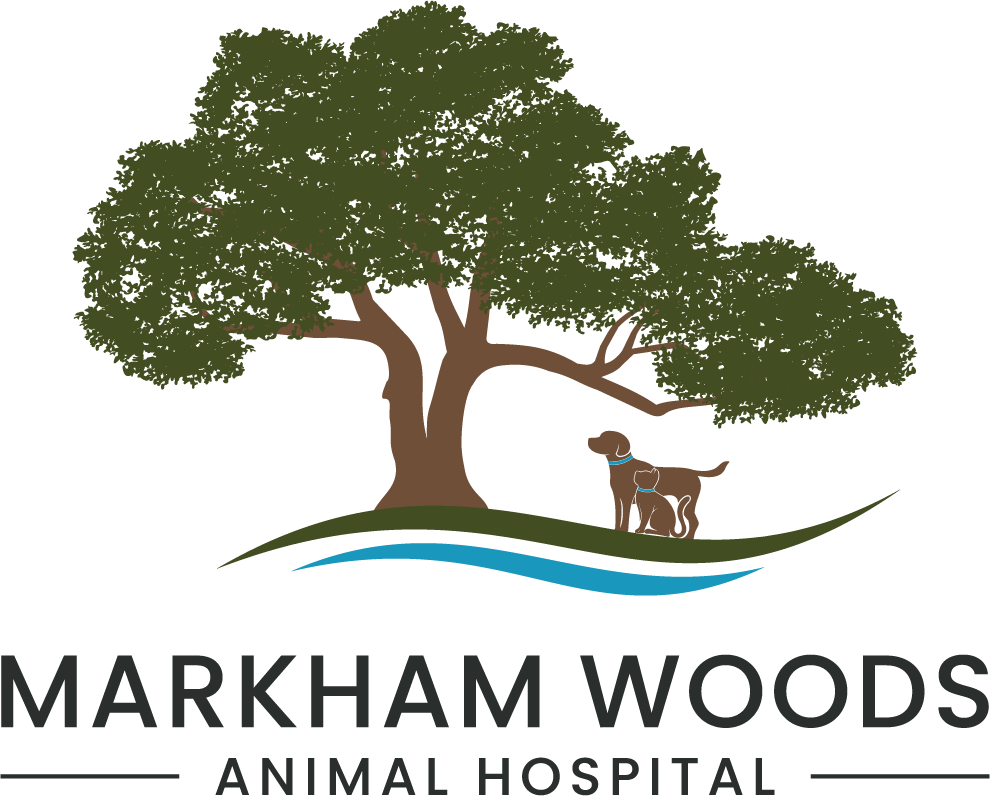Anesthesia in Brachycephalic Dogs
Anesthetic management of brachycephalic dogs presents challenges before, during, and after any surgical, dental, or radiographic procedures. Even sedating these dogs can be more risky than for dogs without the brachycephalic’s distorted airway. Caution is taken when choosing sedative and anesthetic drugs as some carry more risk for problems specific to brachycephalic dogs. The Care Team at Markham Woods Animal Hospital follows special protocols to keep your brachycephalic dog safe before, during, and after an anesthetic procedure.
Vomiting and regurgitation from anesthetic drugs can lead to aspiration pneumonia, so we will want to start a brachycephalic dog on an antacid medication 2-3 days before anesthesia is administered. Usually, this will be Omeprazole. We will also administer an anti-nausea medication on the day of surgery.
Minimizing stress is important for these dogs, including both emotional stress and environmental stresses such as heat and humidity. A cool environment, low humidity, and anti-anxiety medication are all helpful. A less stressed and less anxious dog requires less restraint for procedures and has less risk for heat stress. Trazodone and/or Gabapentin are commonly used anti-anxiety drugs.
At least one chest x-ray should be taken before anesthesia, to check for tracheal stenosis, aspiration pneumonia, hiatal hernia, and heart enlargement. All of these problems are more common in brachycephalic breeds.
Once a procedure is completed and the patient is waking up, the endotracheal tube is left in place until the dog can blink and swallow. This is another safety measure to ensure that no regurgitation or aspiration will occur.
In most cases, anesthetic management of brachycephalic dogs goes as smoothly as for any other patient, as long as we are careful to adjust to their needs. If we are worried about how a patient will do during or afterward we may recommend that a procedure be done at a referral hospital, or that a patient stays at an emergency hospital afterward where he or she can be monitored more closely than we can overnight. Rest assured, we will do our best to ensure a safe procedure for your pet.

